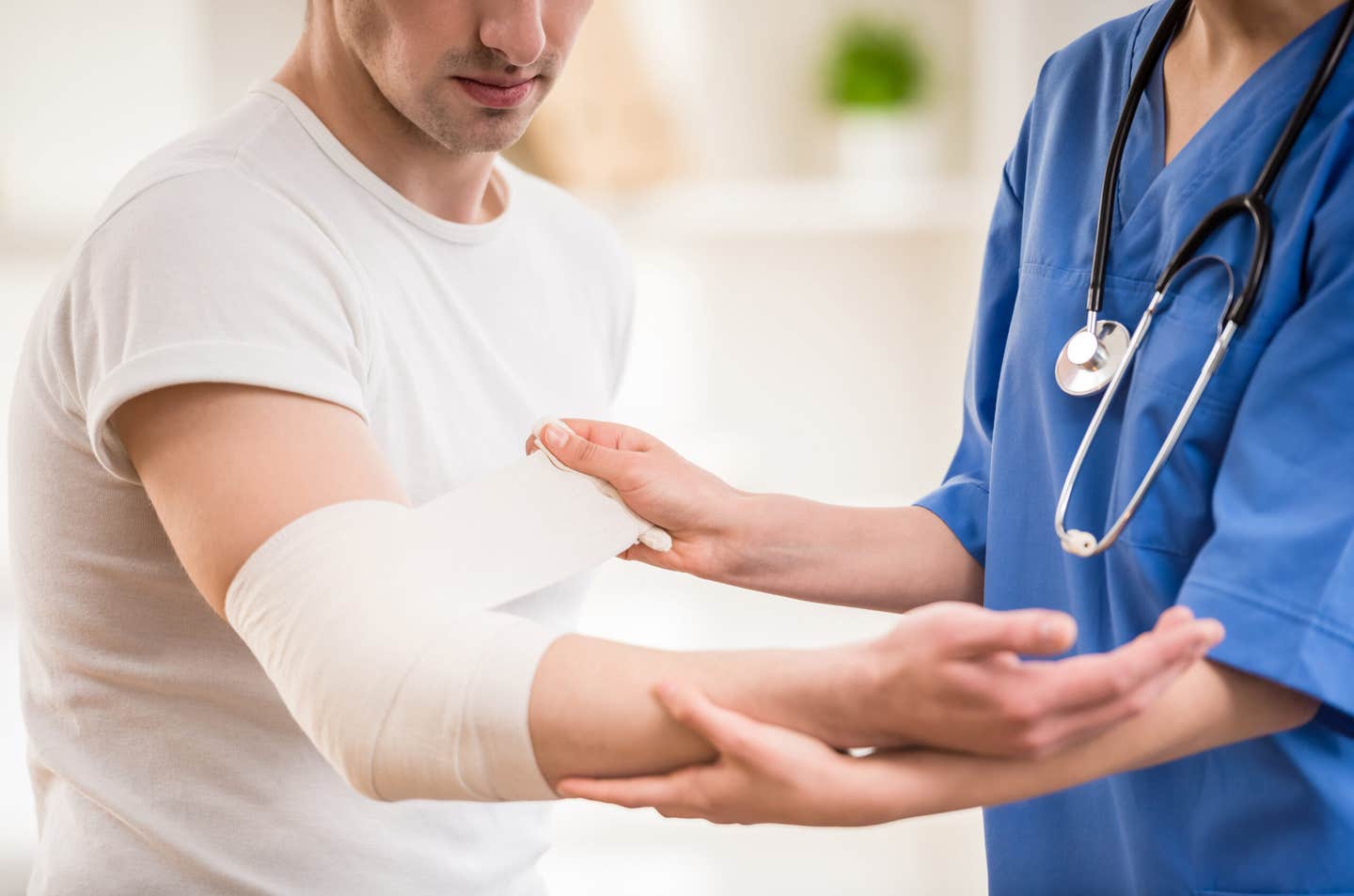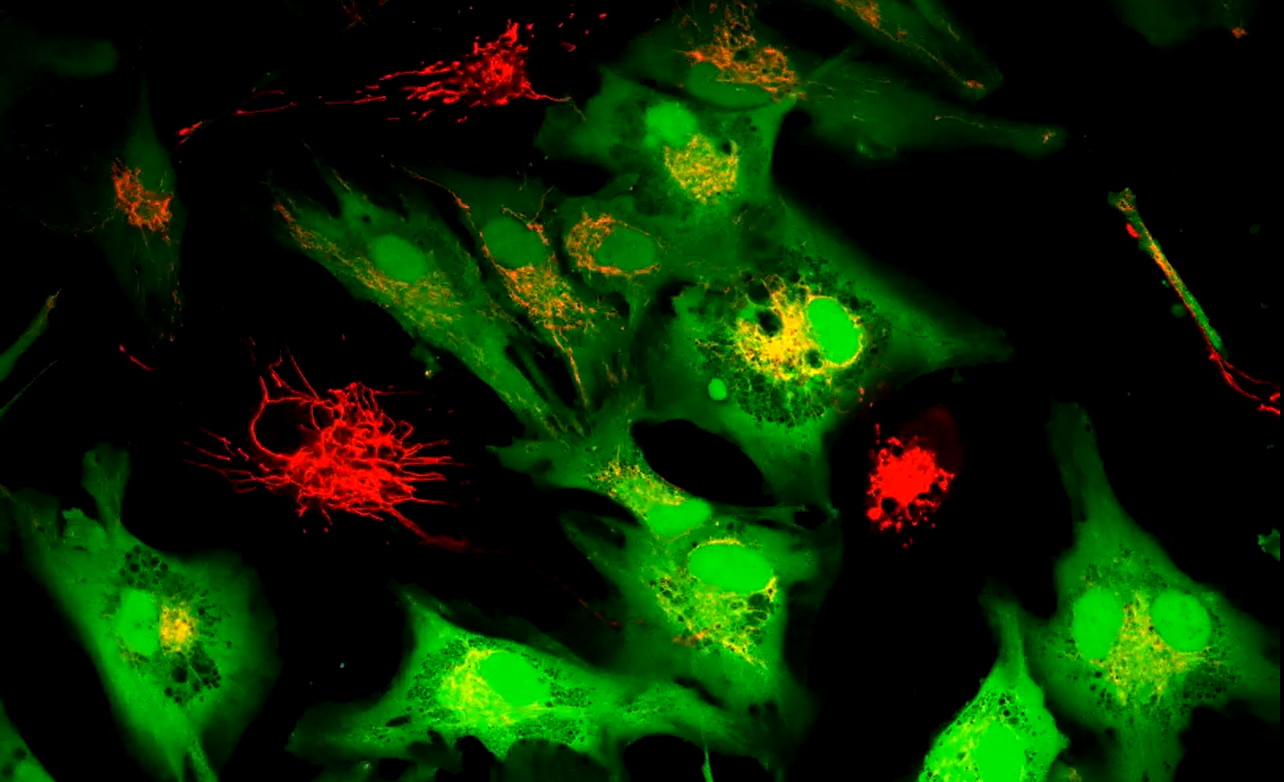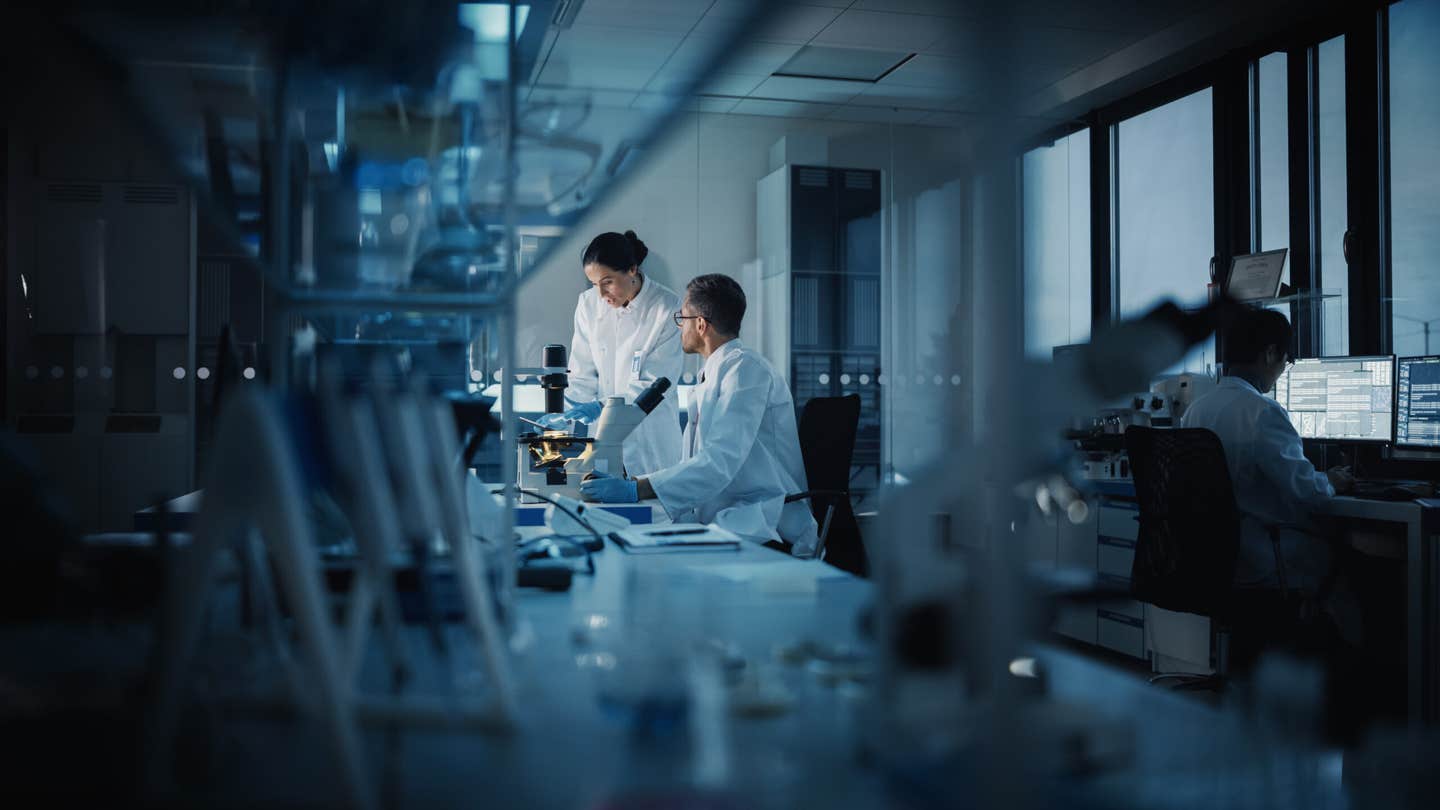Researchers identify ancient wound healing process in the body
The world we live in is filled with dangers – from harmful bacteria and viruses to accidents and injuries – that pose a constant threat.

[May 26, 2023: Staff Writer, The Brighter Side of News]
As the body's largest organ and the barrier between the inside and outside, it provides an unbroken shield against potential invaders.(CREDIT: Creative Commons)
The world we live in is filled with dangers - from harmful bacteria and viruses to accidents and injuries - that pose a constant threat to us. In the face of these threats, our skin stands as our most reliable line of defense. As the body's largest organ and the barrier between the inside and outside, it provides an unbroken shield against potential invaders.
Despite its formidable defense mechanisms, however, the skin is not impervious to harm. Every day, it is subjected to the slings and arrows of outrageous fortune, and it does its best to protect us by detecting and responding to these dangers.
'
New research from the lab of Rockefeller’s Elaine Fuchs has revealed an alternative protective mechanism that responds to injury signals in wounded tissue, including low oxygen levels from blood vessel disruption and scab formation, and it doesn’t need an infection to get into gear. The study is the first to identify a damage response pathway that is distinct from but parallel to the classical pathway triggered by pathogens.
At the helm of the response is interleukin-24 (IL24), whose gene is induced in skin epithelial stem cells at the wound edge. Once unleashed, this secreted protein begins to marshal a variety of different cells to begin the complex process of healing.
Related Stories
“IL24 is predominately made by the wound-edge epidermal stem cells, but many cells of the skin—the epithelial cells, the fibroblasts, and the endothelial cells—express the IL24 receptor and respond to the signal. IL24 becomes an orchestrator that coordinates tissue repair,” says Fuchs, head of the Robin Chemers Neustein Laboratory of Mammalian Cell Biology and Development.
Scientists have long understood how the host responses protect our body from pathogen-induced threats. But how does the body respond to an injury that may or may not involve foreign invaders? If we cut a finger while slicing a cucumber, for example, we know it instantly—there’s blood and pain. And yet how the detection of injury leads to healing is poorly understood on a molecular basis.
While type 1 interferons rely on the signaling factors STAT1 and STAT2 to regulate the defense against pathogens, previous research by the Fuchs lab had shown that a similar transcription factor known as STAT3 makes its appearance during wound repair. Siqi Liu, co-first author in both studies, wanted to trace STAT3’s pathway back to its origin. IL24 stood out as a major upstream cytokine that induces STAT3 activation in the wounds.
A variety of cells (white) proliferate at the ragged edge of a five-day-old wound, including epidermal stem cells (basal layer of epithelium in green), which secrete IL24. (CREDIT: Laboratory of Elaine Fuchs)
In collaboration with Daniel Mucida’s lab at Rockefeller University, the researchers worked with mice under germ-free conditions and found that the wound-induced IL24 signaling cascade is independent of germs.
But what injury signals induced the cascade? Wounds often extend into the skin dermis, where capillaries and blood vessels are located. “We learned that the epidermal stem cells sense the hypoxic environment of the wound,” says Yun Ha Hur, a research fellow in the lab and a co-first author on the paper.
When the blood vessels are severed and a scab forms, epidermal stem cells at the edge of the wound are starved of oxygen. This state of hypoxia is an alarm bell for cell health and induces a positive feedback loop involving transcription factors HIF1a and STAT3 to amplify IL24 production at the wound edge.
IL-24 is specifically produced by epithelial stem cells near the wound site. Schematic of the wound repair process in mouse skin. (CREDIT: ScienceDirect)
The result was a coordinated effort by a variety of cell types expressing the IL24 receptor to repair the wound by replacing damaged epithelial cells, healing broken capillaries, and generating fibroblasts for new skin cells.
Collaborating with Craig Thompson’s group at Memorial Sloan Kettering Cancer Center, the researchers showed that they could regulate Il24 gene expression by changing oxygen levels.
Once the researchers pinpointed the origin of the tissue-repair pathway in epidermal stem cells, they studied the wound repair process in mice that had been genetically modified to lack IL24 functionality. Without this key protein, the healing process was sluggish and delayed, taking days longer than in normal mice to completely restore the skin.
Schematic of two C57BL/6J Il24−/− mouse strains generated by CRISPR-Cas9-mediated frameshift deletions within Il24 exon 2. Impairments of wound repair were indistinguishable between two loss-of-Il24-function strains, used interchangeably for experiments. (CREDIT: ScienceDirect)
They speculate that IL24 might be involved in the injury response in other body organs featuring epithelial layers, which act as a protective sheath. In recent studies, elevated IL24 activity has been spotted in epithelial lung tissue of patients with severe COVID-19 and in colonic tissue in patients with ulcerative colitis, a chronic inflammatory bowel disease.
The discovery of elevated IL24 activity in other body organs with epithelial layers has sparked interest in exploring its potential role in the injury response and disease pathology in these tissues.
In the case of severe COVID-19, the high levels of IL24 activity in the epithelial lung tissue suggest that it may contribute to the excessive inflammation and tissue damage seen in the disease. This raises the possibility that targeting IL24 could be a potential therapeutic approach to mitigate the severity of COVID-19.
Similarly, the elevated IL24 activity observed in colonic tissue in patients with ulcerative colitis suggests that it may play a role in the chronic inflammation and tissue damage characteristic of this disease. Targeting IL24 may therefore also be a potential therapeutic strategy for treating ulcerative colitis.
Further research is needed to fully understand the mechanisms underlying IL24 activity in these different tissues and diseases. However, the discovery of its potential involvement in injury responses and disease pathology in multiple organs highlights its importance as a potential therapeutic target.
For more scientific good news stories check out our New Discoveries section at The Brighter Side of News.
Note: Materials provided above by The Brighter Side of News. Content may be edited for style and length.
Like these kind of feel good stories? Get the Brighter Side of News' newsletter.



